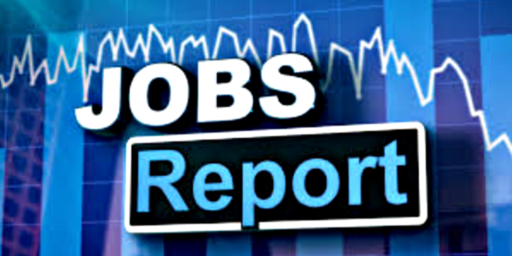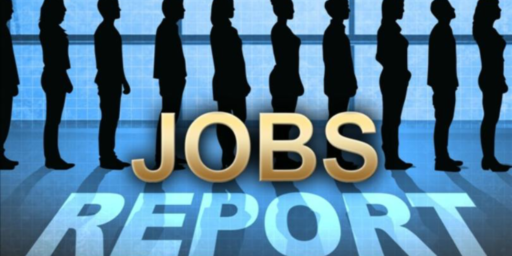Lower Economic Growth
Both the CBO and the Blue Chips forecast for GDP growth is lower than that of the Administration.
For the next few years, CBO projects faster growth than the Blue Chip, as the economy grows back toward CBO’s estimate of potential GDP (which corresponds to a high level of use of labor and capital resources). Still, the CBO forecast assumes that the gap between actual and potential output closes more slowly than in previous recoveries because of a persistent drag from financial markets, households’ loss of wealth, the overhang of vacant houses, and weak economic growth overseas. Therefore, CBO projects that the economy does not return to its potential level until 2014.
[…]
Projected growth from 2015 to 2019 is also below historical average growth rates, a difference that is more than accounted for by slower growth in the labor force because of the retirement of the baby boom generation. Over the postwar period, the labor force grew at an average annual rate of 1.6 percent; by contrast, we project it to grow only 0.4 percent per year in the period from 2015 through 2019. As a result, potential GDP grew 3.4 percent per year on average in the postwar period, but CBO expects that it will grow by only 2.4 percent annually (allowing for a tad more productivity growth) in the 2015-2019 period. That demographic trend is reflected also in the Social Security Administration’s projections of the labor force, available here. CBO published its own analysis of demographic trends; while the numbers have changed a little with new information since then, the general story remains the same.
Via Greg Mankiw.





Well, economic forecasts are BS. That’s the starting point. After that, the administration gets to pick a number to put out there.
Normally they’ll pick an optimistic one, but not totally ridiculous. That’s just the way it works.
But I can tell you one thing … when talking 2015 to 2019 no one knows. You CAN make a safe bet that trends will regress to mean, but being safe doesn’t mean you know the confidence, whether the downturn will drag, or if some tech revolution will drive a new economy.
File this one under “Dog Bites Man”.